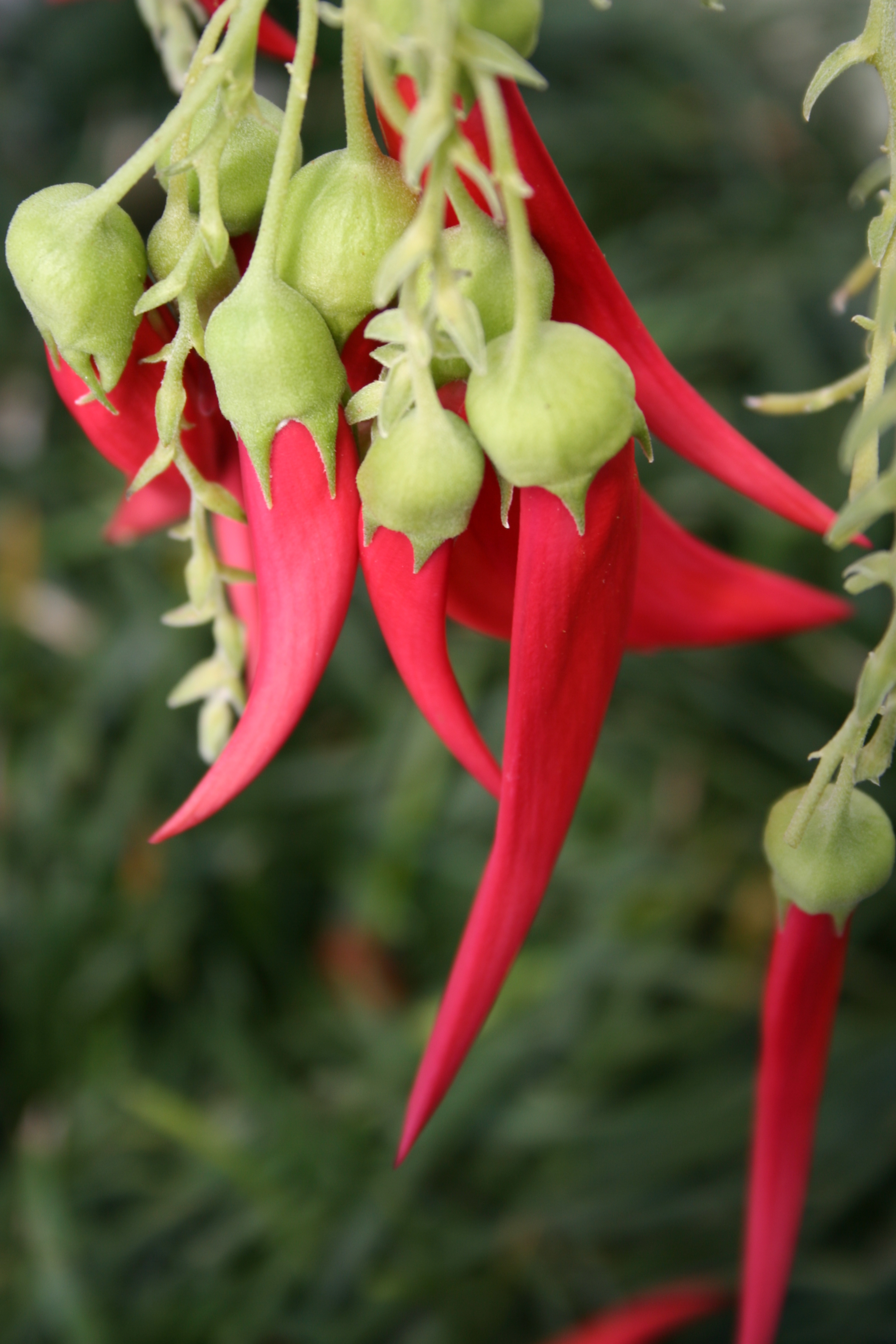Physical characteristics
A medium-sized native
Flowers and foliage
Pendulous clusters of bright
Preferred site
Prefers
Preparation for planting
Always choose healthy, well-grown,
Maintenance tips
Water well over the summer months and mulch
Pests and diseases
The native Clianthus caterpillar can be troublesome and can strip
Location at Auckland Botanic Gardens
Threatened Native Plant Garden
Interesting facts and tips
Kaka beak produces copious amounts of nectar so tui and other nectar-loving birds love them. Maori used kakabeak to feed caged tui, these native birds were used to help capture other birds for food.




.jpg?width=1200&height=1200&v=1d4024dceb89e50)

.jpg?width=1200&height=1200&v=1d5569224d63650)
 .jpg?width=1200&height=1200&v=1d4024df6ce2770)
.jpg?width=1200&height=1200&v=1d55676a892f2b0)
 .jpg?width=1200&height=1200&v=1d4024e3b65f7f0)